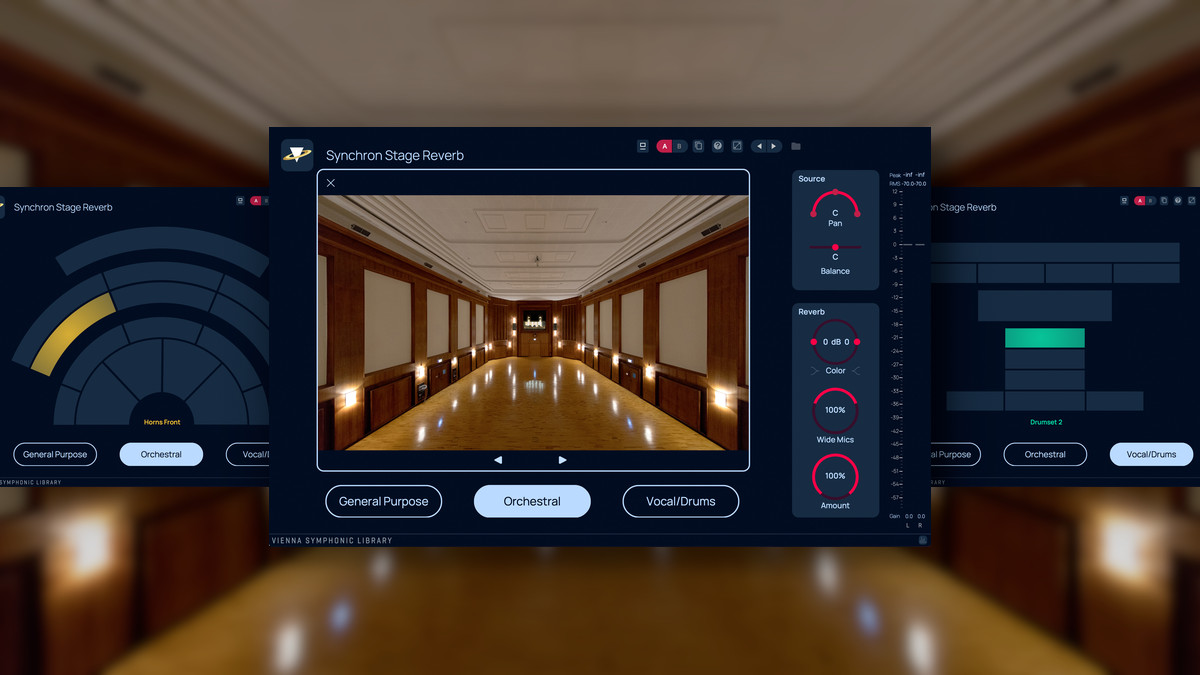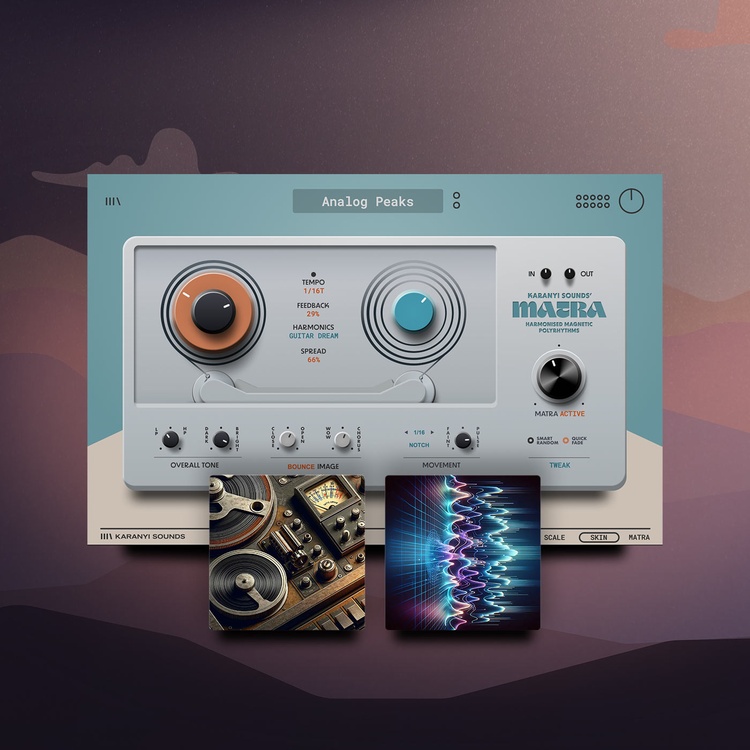7 Audio Engineering Tips
So what exactly is audio engineering? Audio engineering is capturing, recording, mixing, […]
The post 7 Audio Engineering Tips appeared first on Point Blank’s Online Magazine.
sE have released two new DynaCaster microphones, one of which features an integrated Dynamite preamp.
https://plus.pointblankmusicschool.com/
So what exactly is audio engineering? Audio engineering is capturing, recording, mixing, and mastering sound to produce high-quality audio recordings. Audio engineers use specialized equipment and techniques to manipulate sound and create desired sonic qualities, such as clarity, balance, depth, and impact. The role of an audio engineer encompasses a wide range of tasks, including setting up and operating recording equipment, selecting and positioning microphones, adjusting levels, using equalization, compression, and effects, and collaborating with musicians and other professionals to achieve the desired sound. Audio engineering is essential to many industries, including music, film, video games, and live events.
1. Invest in good equipment
2. Learn the basics of acoustics

3. Use a pop shield for vocals

4. Experiment with microphone placement

5. Use equalization (EQ) to balance frequencies

6. Compression can control dynamic range

7. Utilize reverb and delay for space and depth

Utilizing reverb and delay can add space and depth to your recordings. Reverb and delay are time-based effects that simulate the natural reflections and echoes that occur in real-world environments. By adding reverb and delay to your recordings, you can create a sense of space and depth, making the sound feel more natural and immersive. Reverb and delay can also be used creatively to enhance the emotional impact of your recordings and add interest to otherwise dry or lifeless sounds.
These are 7 essential audio engineering tips that can greatly improve the quality of your audio recordings.
If you want to learn audio engineering in yourself, then sign up for our Audio Engineering programs here at Point Blank LA. Enroll here today!
Register to Access Free Courses, Plugins, Projects, Samples & More
When you register with Point Blank, you access an array of free sounds, plugins, online course samples and much more! Simply register below and visit our Free Stuff page to get your hands on a range of exclusive music-making tools and tutorials provided by the team. Fill your boots!
The post 7 Audio Engineering Tips appeared first on Point Blank’s Online Magazine.
This is a syndicated post. To read more, click the source link above.








